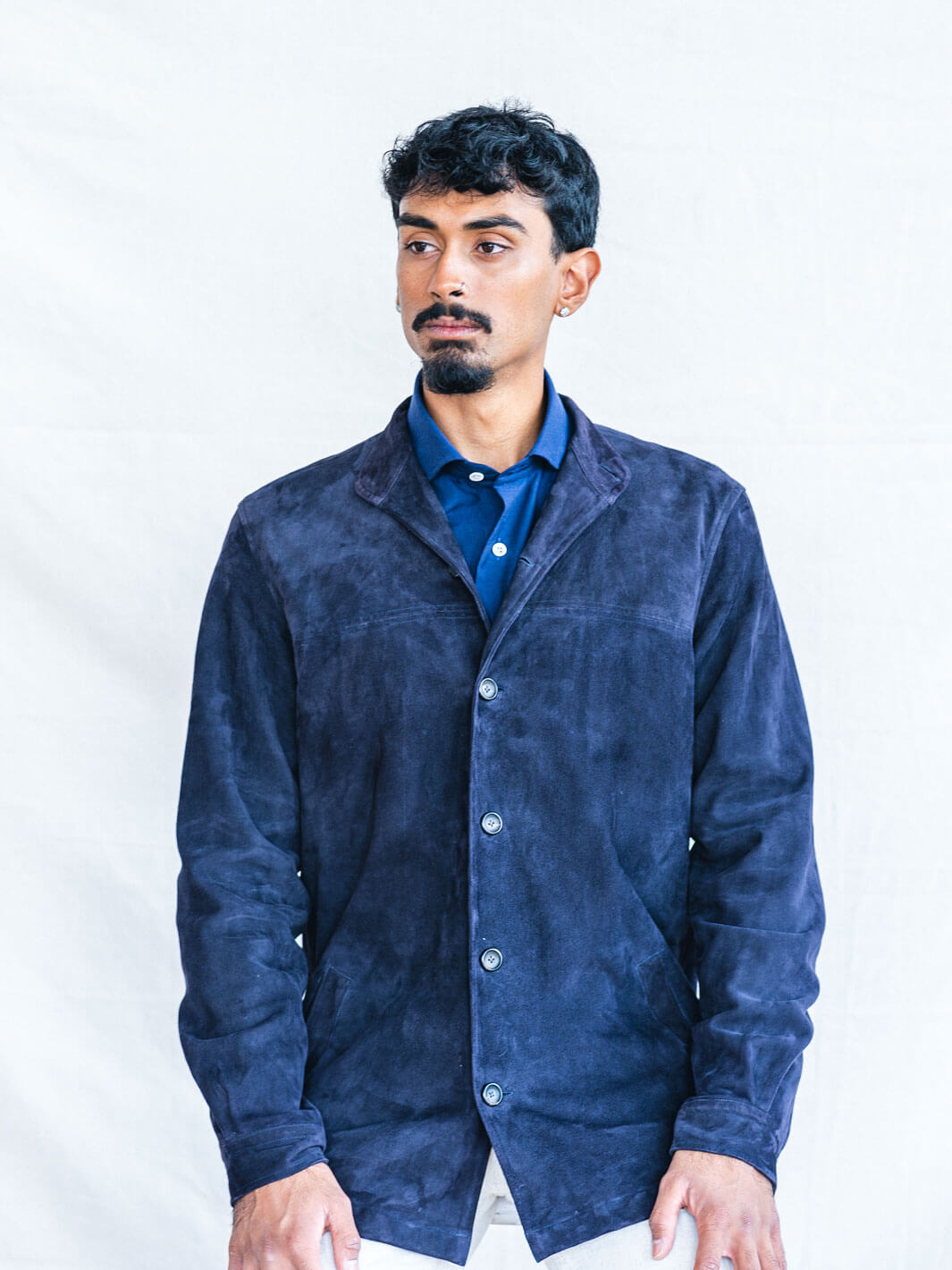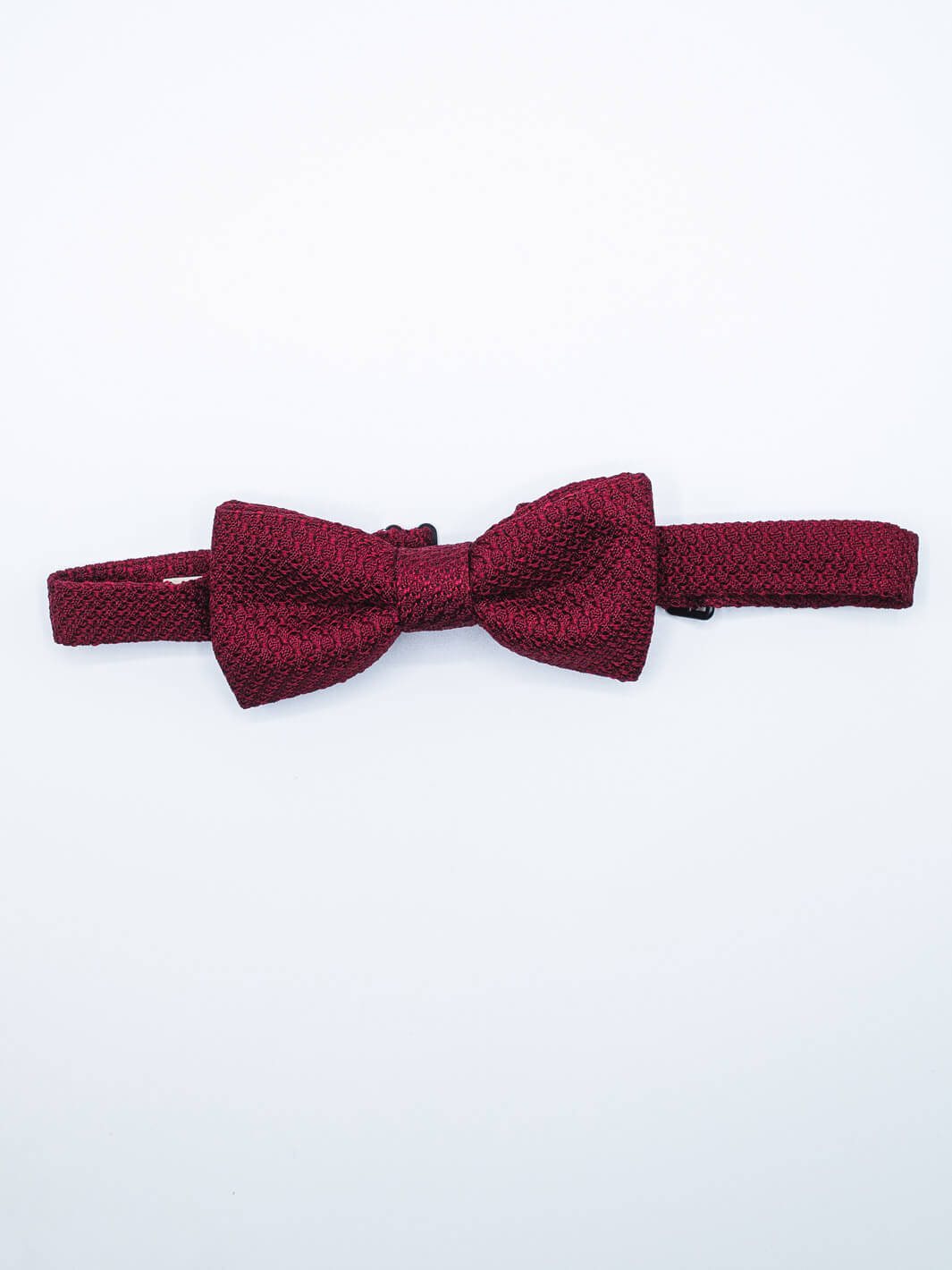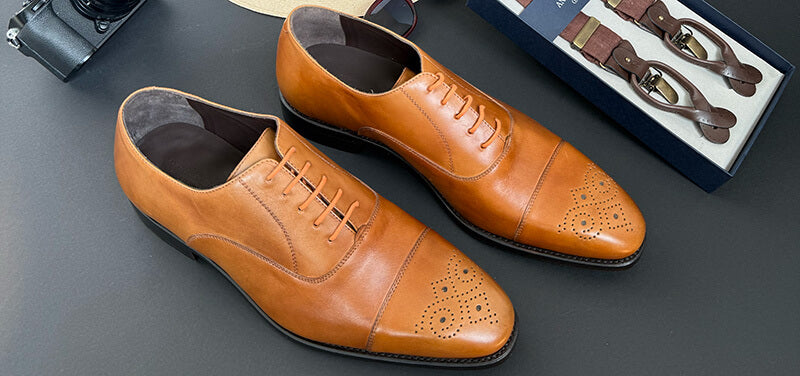“It behaves itself when tailored, and it’s got recovery—when you squeeze it, it springs back,” Edward Sexton once told me during a journalistic project I undertook a few years ago. Sexton, the visionary who revitalized Savile Row by fusing the flamboyance of Swinging Sixties style with traditional British tailoring, passed away in 2023 at the age of 80.
“Because it’s so soft, it drapes perfectly,” added Colin Heywood, Managing Director of Anderson & Sheppard. “It’s a very forgiving fabric with real bouncebackability—its high-twist yarn acts like a spring.” Over at Gieves & Hawkes, the Head Cutter and Bespoke Tailor praised its “two-fold durability and touch,” while Philip Parker, consultant at Henry Poole, described it as possessing “every attribution you want [in a fabric].”

All of these Savile Row big hitters were referring to a cloth made from the fleece of a breed of sheep first sheared in 12th-century Spain: Merino wool. Given its dominance in both suiting and knitwear, Merino is, quite seriously, the most vital and ubiquitous material in the entire realm of classic menswear.
A Good Yarn: The Global History of Merino Wool
The history of Merino wool is, perhaps unsurprisingly, a rich one. The sheep that produce it originally came from North Africa but arrived in Spain around the 12th century. There, farmers quickly recognized the remarkable quality of their fleece and began selectively breeding them, establishing the foundation for what would become one of the most valued materials in textile history.

Due to the Spanish monarchy’s understandable desire to maintain a monopoly on this exceptional commodity—whose modern-day champions include Ralph Lauren, King Charles, and Sir Ranulph Fiennes—it was illegal to export Merino fleece from Spain until 1765. These days, though, it’s a fabric with global appeal—celebrated not only for its performance but also as a sustainable natural fiber, offering exceptional qualities without the environmental drawbacks of synthetic alternatives.
And, oddly enough, it’s the pastures on the far side of the world that have turned out to be best suited to the needs of Merino sheep…
Why Australia Leads the World in Merino Wool
At the forefront of Merino wool production is an island continent known as much for its vast, sun-drenched landscapes and sweeping pastures as for the remarkable animals that roam them. This is the birthplace of the world’s finest Merino wool—a distinction earned not by accident, but through generations of selective breeding, deep agricultural knowledge, and an environment uniquely suited to producing ultra-fine fleece.

Few organizations understand this better than The Woolmark Company, whose globally recognized certification mark stands for excellence in authenticity, purity, and performance.
“The finest Merino wool comes from Australia, where the sheep are raised in clean air and open pastures—conditions that allow them to grow ultra-fine, high-crimp fleece,” explains a Woolmark spokesperson. “The country is the world’s largest exporter of Merino wool, accounting for about 70 percent of global supply. Its unique environmental conditions and generations of selective breeding have led to the development of the softest and most technically advanced Merino fibers in the world.”
The Benefits of Merino Wool: Soft, Breathable, and Built to Last
As for why Merino wool’s properties are so revered by tailors worldwide? “The secret to its softness lies in its fine diameter—typically between 15 and 24 microns,” he says. (On average, it’s about one-third the diameter of human hair.) “Merino wool has a much finer micron than all other wools and is generally classified into ultrafine, superfine, fine, and strong—all of which are suited for apparel. The finest of these rivals cashmere in softness but offers greater durability.”

“Its natural crimp gives it resilience, loft, and elasticity—qualities that enhance warmth, shape retention, and comfort in both base layers and tailored garments. And, unlike synthetic fibers, Merino wool can absorb up to 30 percent of its weight in moisture without feeling wet, making it an exceptional temperature regulator and odor-resistant fiber. No other fiber—natural or man-made—can match all of Merino wool’s inherent benefits.”
Layers Of Meaning: A Selection of Anatoly & Sons’ Merino Wool Garments
Few materials have earned the reverence that merino wool commands—and nowhere is its range more fully realized than in Anatoly & Sons’ menswear collection. Our black Carnet suit, cut from Super 130s merino wool woven in Naples, is a study in sharp, understated elegance. Just as refined is our Charcoal Drago Suit made with Super 130s merino wool—a model of quiet sophistication.

Naturally, there’s no shortage of knitwear: our cable knit sweaters in green, blue, and cream offer a classic expression of texture and warmth. But merino wool need not be confined to heavier, traditional knits. Our Chocolate Merino Wool Turtleneck demonstrates how the fiber lends itself just as well to finer, more elegant layering pieces.
Add to that our knit polo shirts in classic colors like navy and brown, quarter-zip sweaters in rust and forest green, our Light Brown Merino Wool Cardigan, and a Tobacco & Navy V-Neck Sweater—and you begin to see how easily one could layer the torso entirely in merino wool, to striking effect.

A softer sibling of Merino, Geelong lambswool is spun from fine Merino lambswool—typically from the first shearing—and offers a softer, loftier hand thanks to its naturally fine diameter and woollen-spun construction, resulting in a bulkier yarn often likened to cashmere. We offer it in our Charcoal Crew Neck Sweater, a Beige Quarter-Zip, and full-zip sweaters in beige and grey.
Ultimately, these garments reflect a core truth: the foundation of luxury menswear lies in superior raw materials. In this regard, merino wool stands as one of nature’s finest contributions to the sartorial world.









